Clean: A History of Personal Hygiene and Purity
‘Authoritative and fascinating.’ – New Scientist
‘[A] fascinating and and detailed account.’ – Susan Alridge, Focus
‘A breath-taking account of cleanliness from pre-history to the present day.’ – Sophie Harrision, Sunday Times
‘Wonderfully accessible and a riveting read, Clean is a tour de force. Once read, grooming the body beautiful can never be the same again. ‘ – Rodger Coofer, Wellcome Centre for the History of Medicine at UCL
In this pioneering book, Virginia Smith combines archeology, psychology, biology, and sociology to reveal how and why standards of cleanliness have come to exist today. Using hundreds of first-hand accounts and sources, Smith bring us from the Neolithic age to the present, peppering her engaging prose with enlightening and often surprising details.
Subconscious cleanliness has been with us since the first cell ejected a foreign invader. Even at the earliest stages of human development, our bodies produced pleasure-giving chemical opiates when things smelled or felt clean, inducing us to do things like bathing and removing dirty clothes. The need to be clean led directly to socialization, as we turned to our fellows for help with those hard to reach spots. In Eurasia during the Bronze Age, an emerging hierarchy of wealthy elites turned their love of grooming into an explosion of the cosmetic and luxury goods industry, greatly effecting the culture and economy of a vast area and leading to advances in chemistry and medicine.
The history that follows, from Greece and Rome, where citizens focused much of their leisure time on perfecting, bathing, or just writing about the model athletic body, through Europe in the middle ages and the following centuries, is full of intriguing customs, convoluted treatises, and many reversals. Baths were good for you, baths were bad for you, baths were good again–but only if they were quite cold. Even the enlightened medical knowledge of modern times could not stop an onslaught of health remedies, treatments, spas, and New Age nature cures that were to follow. While today we are immeasurably closer–perhaps too close–to knowing just what “clean” means to our bodies, we are still just as far as we ever were on agreeing what it means to our souls.
Chapter Summaries
We’ve collected together some summations of the chapters of Clean: A History of Personal Hygiene and Purity to give you an insight into the book and its themes.
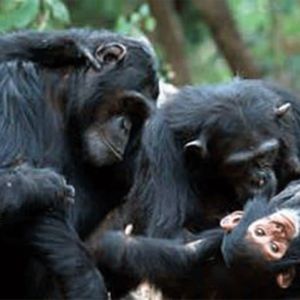
Chapter 1: Bio-Physicality
Chapter 1: Bio-Physicality Inner cleansing … the senses … training and adaptation … care of the body surfaces … place, space and order … pollution … tools, adornments and body-art … water, springs and stoves. Dirt is only matter out-of-place
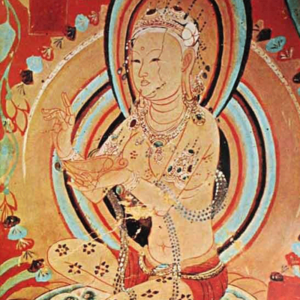
Chapter 2: The Cosmetic Toilette
Stratification and outcome … the cosmetic trades … cosmetic receipts … graded holiness … the holy toilette … palace purity … the courtly toilette … public women This is really the story of elluan ancient Mesopotamian word meaning a type
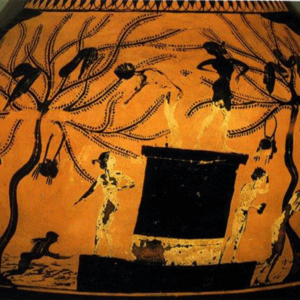
Chapter 3: Greek Hygiene
Stratification and outcome … the cosmetic trades … cosmetic receipts … graded holiness … the holy toilette … palace purity … the courtly toilette … public women This is really the story of elluan ancient Mesopotamian word meaning a type
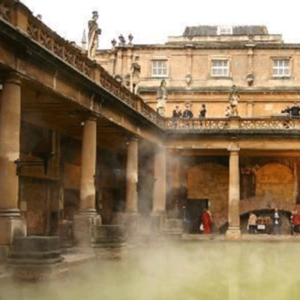
Chapter 4: Roman Baths
The aqueducts … public baths and spas … Ovid’s grooming … physical methodists … Galen’s Hygiene … late antique baths The Roman baths and aqueducts cleansed and scoured more people in western Asia than any previous civilisation – over twelve
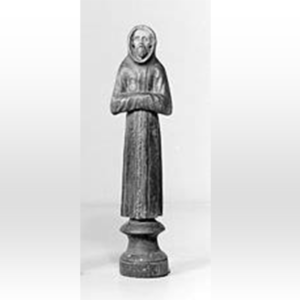
Chapter 5: Asceticism
Eurasian asceticism … Christian purity … neo-Platonism … virginity … washing and bathing … the healing mission Religious asceticism played a large part in reconfiguring European culture after the fall of Rome. So much of Christian history flows from this
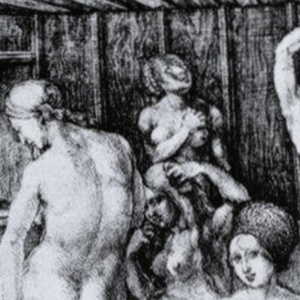
Chapter 6: Medieval Morals
Charlemagne’s courtesie … the southern lands … the Salerno Regimen … grooming zones … the Trotula corpus … the public baths … bath-feasts … diplomatic baths … spring baths … the stews … the failure of the baths … syphilis
Chapter 7: Protestant Regime
Humanist princes …. the (English) middling classes … printed advice and the sober life … spas and public baths … Puritan grooming … pure foods … cool air … cold eater … John Locke’s Cold Regimen TO THE PRESENT AND
Chapter 8: Civil Cleanliness
The age of elegance … the private parts … hygiene and hardiness … sea-bathing and fresh air … academic physiologies … child health … William Buchan … Revolutionary hygiene and Naturphilosophie … vitalist health care ‘That the inhabitants of this
Chapter 9: Health Crusaders
Whig politics and mutual aid … physical Puritanism … inner cleanliness … drugs and cholera … popular physiology … sanitation and water … environmental hygiene … la luxe Anglaise … the hydro … late-century reform … germs … naturism …
Chapter 10: The Body Beautiful
Eugenics and preventive medicine … the suburbs … suburban children … naturists and nudity … post-1945 hard-sell … flower power and multiculturalism … modern well-being … epilogue … future trends In this last chapter we face, to some extent, a
